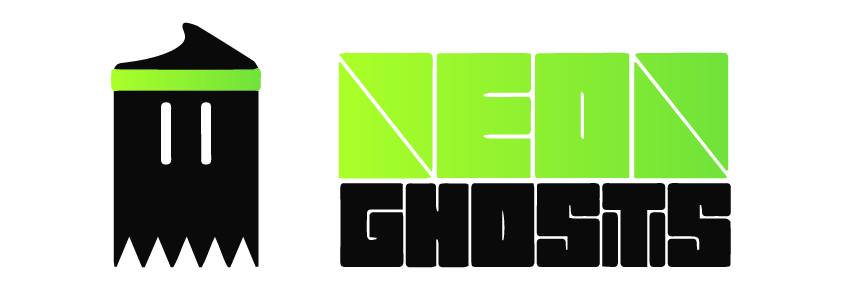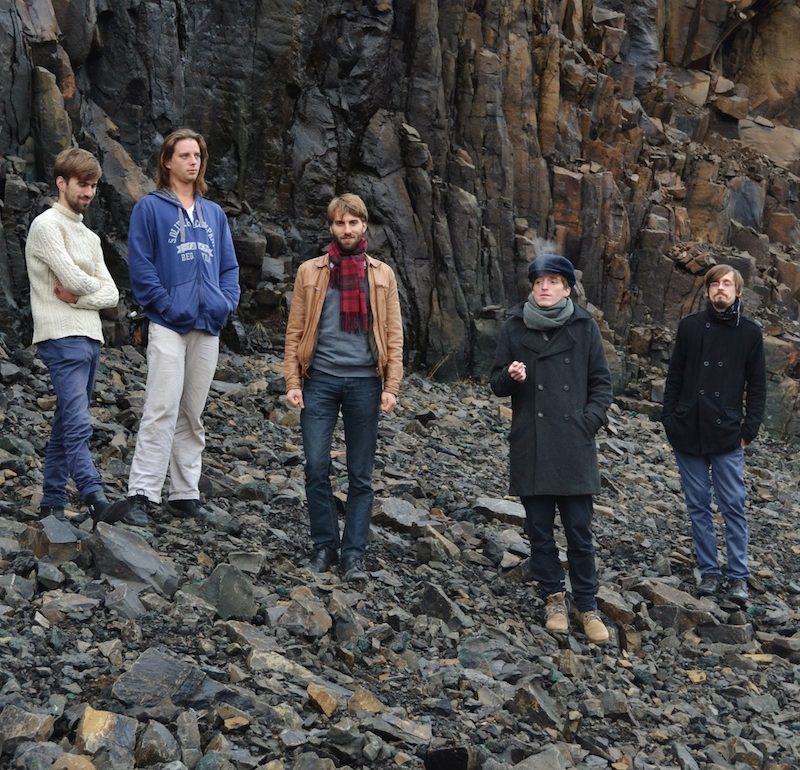Chili and the Whalekillers sind eine fünfköpfige Band aus dem avantgardistischen Wien, die aber nicht nur aus Österreichern, sondern auch aus Isländern besteht. So bunt wie die Zusammensetzug, so vielfältig und spannend ist auch das neue Album “Words on Tuesdays” der Kapelle geraten, das wir im Februar bereits besprochen haben. Und: Spannend sind auch die Songs, die sich die Band für unsere “My Soundtrack”-Reihe ausgesucht hat.
anzeige
Tilbury – Tenderloin
Diesen Song habe ich bei einem Konzert in Island gehört, als wir dort das erste Mal gespielt haben. Zwei Jahre habe ich dann gewartet bis die Band den Song auf ihrem Debüt-Album „Tenderloin“ veröffentlichte. Das Warten hat sich ausgezahlt.
I heard this song at a concert in Iceland when we played our first tour there. After that, I waited two years for the band to release it on their debut album „Tenderloin“. It was worth waiting.
–Árni
The Beach Boys – Good Vibrations
Dieser ungewöhnliche Anfang, der Übergang zum Refrain mit diesem harmonischen Aufbau, dann ein abrupter Bruch wieder zur Strophe. Für einen Popsong ist er besonders ungewöhnlich und gleichzeitig besonders gut – schließlich sagt der Titel alles.
This strange beginning, this harmonic build-up in the refrain, then this abrupt turn back to the verse. For a pop song it is so unusual and so good. In the end, the title says it all.
–Michi
Dirty Projectors – Two Doves
Ein Intro als Referenz auf einen anderen Lieblingssong („These Days“ mit Nico) wird dekonstruiert und dessen Gitarre und Streicher die Basis für diesen Song bilden, charakterisiert durch die wunderschöne Einzigartigkeit, die die Dirty Projectors ausmacht.
The intro is a reference to another favorite song („These Days“ with Nico). It is taken apart and put back together with strings added to form the basis for this song, with this wonderful unique character that defines Dirty Projectors.
-Hjörtur
Porcupine Tree – Cheating the Polygraph
Ich habe mich für eine Live-Version einer der großartigsten Songs von Porcupine Tree entschieden: “Cheating the Polygraph”. Er beginnt mit einem verrückten aber einfachen Drum-Groove der dich unterbewusst auf eine „triplet feel wave“ hebt, die dann einfach weitergeht um dich in eine mystische Wolke zu heben. Einfach schön gespielt. Gavin Harrison, der Schlagzeuger, leitet den zweiten Teil ein und wird von schweren E-Gitarren und einer übersteuerten Stimme unterstützt (zumindest in der Studio-Version). Dieser Song trägt dich auf eine Soundreise, zu Plätzen an denen du noch nie zuvor warst. Mein persönlicher Fokus liegt, selbstredend, beim Schlagzeuger – vielleicht weil ich selbst einer bin, naja – und Gavin Harrison ist, aufgrund seiner unglaublichen Fähigkeiten für Rhythmus und den Blick auf den Song als Ganzes, mein absoluter Favorit. Bei Minute 5.32 kannst du Gavins Double Bass Drum hören, aber es ist kein „Schau her wie gut ich spielen kann“-Ding, sondern es verlegt die Akzente, um ein dezent anderes Gefühl zu erzeugen. Die Schönheit liegt in der Qualität der Schlagzeugschläge, nicht in ihrer Quantität.
Zum Schluss endet Gavin mit einem klassischen Steve Gadd 16 Viertel Hi-Hat Groove. Und auch der Bassist schafft es, das Tempo zu halten, obwohl Gavin weit weg vom Standard-Groove trommelt. Dieses Stück ist ein perfektes Beispiel dafür, wie gut eine Band zusammenarbeiten und spielen kann. Die Genauigkeit jedes einzelnen auf der Bühne ist herausragend. Definitiv ein toller Input für alle diejenigen, die Rhythmus, Progressive Rock und Liebe lieben. Hier kannst du was von den wahren Meistern ihres Handwerks lernen.
„I chose a live version of one of the greatest songs written by Porcupine Tree and it’s called Cheating the Polygraph. It starts up with this wicked but simple drum groove which brings you subliminally onto that triplet feel wave that just goes on and gives it a mystical cloud. Just beautifully played, Gavin Harrison the drummer, introduces the 2nd part, supported by heavy guitars and distorted vocals (at least in the studio version). This song takes you on a sound journey to places you´ve never been to before. My special focus is, of course, on the drummer, since I play drums myself, and Gavin just so happens to be my all-time favorite because of his incredible skill for rhythm and hearing the song as a whole. In 5:32 you can hear Gavin’s double bass drum play but it’s not this in-your-face show-off kind of thing, it shifts accents to create some slightly different feel. The beauty lies in quality of drum hits, not quantity.
At the end, Gavin finishes off with a classic Steve Gadd 16th note hi-hat groove. Also, the bassist does a great job in keeping the time, even without Gavin playing the standard groove.
This piece is a perfect example of how well a band can work and play together. The tightness of everyone on stage is just outstanding. Definitely a good input for everyone who loves rhythm, progressive rock and love. Here you get to learn from some real masters of their trade.
-Dave (is a drummer)
Bob Dylan – Subterranean Homesick Blues
“Subterranean Homesick Blues” von Bob Dylan ist einer dieser wenigen Songs die mich über Jahre hinweg faszinierten. Wörter über Wörter formen da eine Linie, die, zumindest scheint es mir so, unglaublich viel Brisanz hat und vor Dringlichkeit sprüht. Beinahe jede Zeile verbirgt eine Geschichte, eine Szene die gerade hinter der letzten Ecke passiert ist „20 years of schooling and they put you on a dayshift“ , „You don’t need the weatherman to know which way the wind blows”, „don’t follow leaders, watch the parking meter“ – und dann steht im Musikvideo noch Allen Ginsberg im Hintergrund, ganz so als ob es nicht ausreichen würde, dass bereits so viele Wörter auf Zetteln stehen. Die Musik läuft einfach dahin, geradlinig und ohne irgend welchen groben Veränderungen, bis das Lied aus ist. Vielleicht irgendwo alles auf die Substanz reduziert, aber dann letztendlich nicht. Da räsonieren so viele Ebenen in meinem Kopf. U-Bahnen und Aschenbechern, verziert mit PassantInnen vor einem Schaufenster für elektronische Haustiere.
“Subterranean Homesick Blues” by Bob Dylan is definitely one of the very few songs that have accompanied me over the past years. Words on words form a line, which is, at least to me, so loaded with urgency and importance. Almost every line tells a story, a scene that has just happened behind the last corner you have passed. „20 years of schooling and they put you on a dayshift“, „You don’t need the weatherman to know which way the wind blows”, “don’t follow leaders watch the parking meter“ – and furthermore, Allen Ginsberg is standing in the background of the one-shot music video, just as if all the words on the slips of paper would not suffice.
The music is just striving onwards, straight forward, without any major changes, until the song is over. Somehow it might be seen as a song reduced to its basics, but in the end it is not. There are so many levels resonating in my head. Subways and ashtrays, ornamented with pedestrians in front of a shop-window for electronic-pets.
-Chili
anzeige


